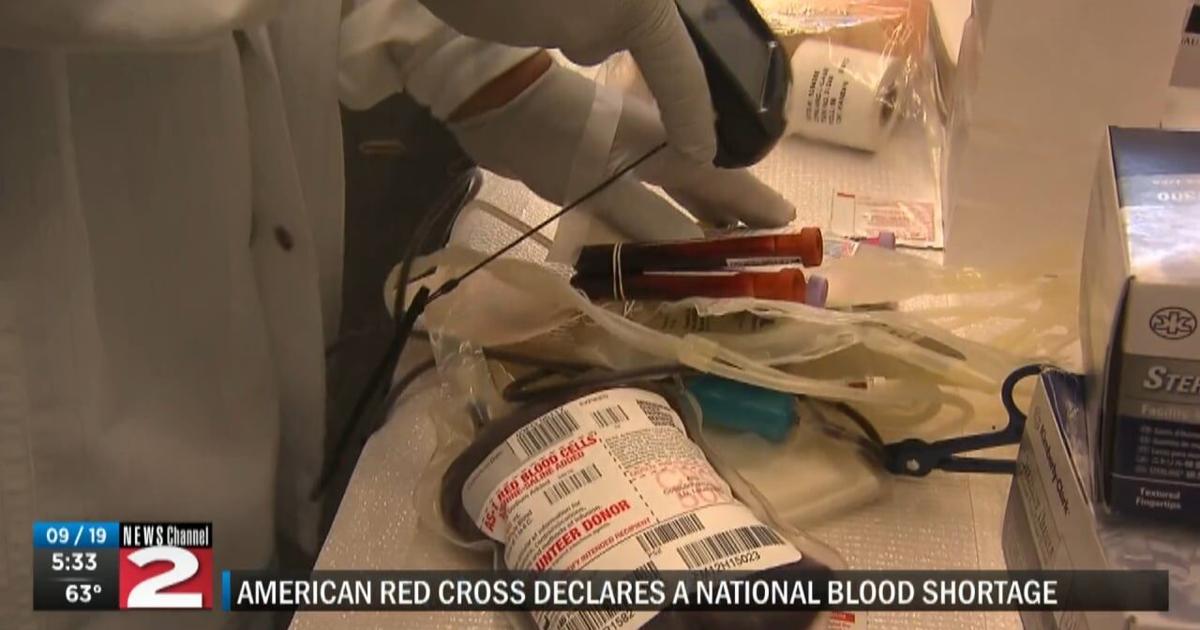Blood
American Red Cross Declares a National Blood Shortage
The American Red Cross is reaching critically low blood levels, so they’re declaring a national blood shortage.
UTICA, N.Y. — Low donor turnout and a few natural disasters have contributed to a national blood shortage.
Distribution to hospitals and medical centers is outpacing donations being made.
American Red Cross Account Manager Billy Brill talked about how the Red Cross is looking for new donors to step up and make a donation, and how easy the process is.
“The first step is generally the easiest. Book the appointment, then show up for the appointment, so first time donors are a part of every single drive, and they are in my opinion…have the biggest impact on inventory because it’s not just one donation. They represent a new person in the system, and a whole new lifetime of donations.”
You can now speed up the blood donating process through what’s called a Rapid Pass. It’s a prescreening that’s done on your phone, so you don’t have to spend time filling it out when you arrive.
“So, they’ll go through a five-to-10-minute health screening, where they check iron, they check pulse; they check blood pressure, and then you’ll go through an individualized donor assessment. So, you’re asked questions about overseas travel, medications you may be on, anything relating to risk to the blood supply.”
Whole blood donors can donate every 56 days.
A Power Red donor can donate every 112 days.
The Power Red donor gives two units of red blood cells.
Platelets and plasma get returned back into your system with a saline solution to keep you from dehydration.
The American Red Cross is in need of Power Red donors with A negative, B negative, O negative or O positive blood.
“Within the past few years, you see that your blood was used at a specific hospital, or the different parts. It could be a hospital near you, or within the region, but knowing that it definitely went to somebody in need is just a whole other boost.”
Whole blood donations only take about a half hour, and you could be saving a life.
If you are interested in becoming a blood donor, this website will get you started: Redcrossblood.org.

